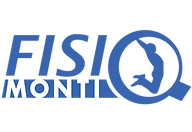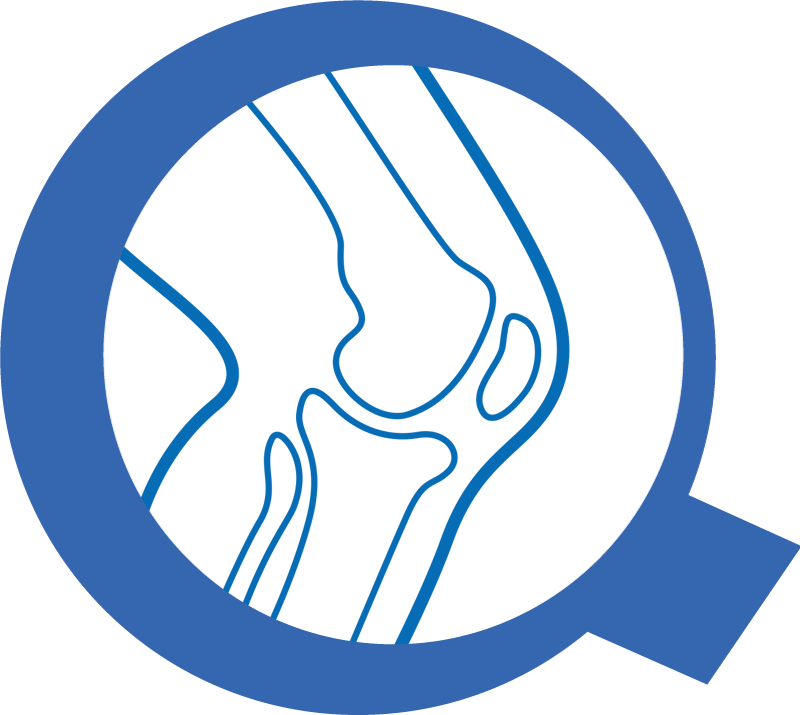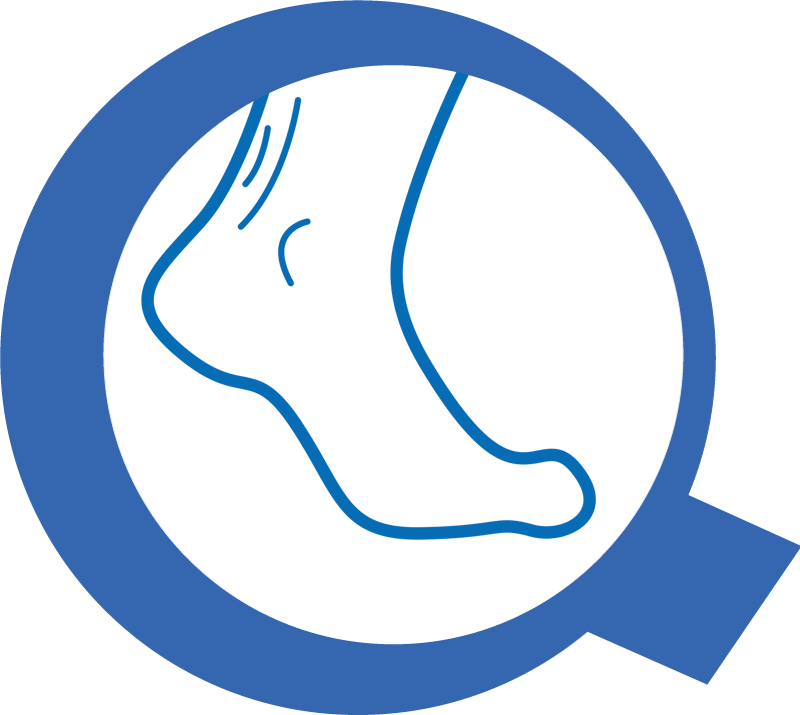Knee Clinic
Knee Clinic The knee is one of the major joints in the body where bones, cartilage, ligaments, muscles, and tendons work together in order to enabling a person to walk, run, jump, turn, and bend smoothly. The bones that make up the knee joint are 3: the femur, the tibia, and the patella. The femur and tibia form the femoro-tibial joint, which allows the movements of flexion and extension. The femur and patella, instead, form the femoro-patellar joint. A healthy knee has bones with very smooth surfaces covered by a tough protective tissue called cartilage. In addition to bones, the joint has ligaments positioned on the sides and inside of the knee that hold the joint’s bones in place and stabilize it during movement, together with muscles and tendons. Between the tibia and femur are two crescent-shaped fibrocartilaginous structures: the menisci, which protect the articular cartilage and act as shock absorbers. In areas of high friction, we find synovial bursae: sacs filled with fluid (called synovial fluid) that cushion the area where skin and tendons slide over the bone. Completing the joint is a joint capsule that lines it and secretes a lubricating fluid that further reduces friction and facilitates movement. Knee Pathologies Knee Osteoarthritis Knee osteoarthritis (or gonarthrosis) is a degenerative disease of the knee’s articular cartilage, leading to limited joint mobility. About 12% of the adult population and 90% of people over seventy suffer from knee osteoarthritis. Healthy articular cartilage protects the knee, cushioning it during movements and impacts. Cartilage naturally deteriorates due to the normal aging process. However, under certain circumstances, this wear and tear can become excessive and lead to pathologies. In fact the cartilage wears away progressively and becomes frayed and rough. The protective space between the bones decreases, and this can lead, in some cases, to the rubbing of the knee bones against each other. As this process progresses, the joint capsule thickens, thigh muscles become hypotonic and cause stiffness in the knee, which loses mobility, remaining curved and/or flexed. Ligaments can also be damaged, leading to a feeling of instability and giving way. How it arises, what are the symptoms, and what can we do for knee osteoarthritis? Symptoms: Knee osteoarthritis symptoms often develop slowly and worsen over time. Signs and symptoms of knee osteoarthritis include: Pain. The knee is painful during or after movement. Stiffness. Upon waking or after a period of inactivity, the knee feels stiff. Laxity. The joint may feel soft to the touch. Loss of flexibility. The joint cannot move through its full range of motion. Grinding sensation. When using the knee, a “grinding” sensation may be felt during movements. Bone spurs. Extra bone pieces form around the affected joint, feeling like hard lumps. Swelling. Often caused by inflammation of the soft tissues around the joint. If we experience one or more of these symptoms for some time, WHAT CAN WE DO? Medical Examination: We must proceed to obtain a clear diagnosis by undergoing a medical examination. During this visit, the doctor will ask questions about the symptoms and medical history of the patient, conduct a physical examination in which he will check with various tests: tenderness, swelling, gait problems, clinical signs of muscle, ligamentous, or tendon injuries, and eventually order diagnostic tests, such as X-rays or blood tests. Diagnostic Tests: X-rays: Provide detailed images of dense structures, such as bone. They can help distinguish between various forms of osteoarthritis. X-rays of an arthritic knee may show narrowing of the joint space, changes in bone, and the formation of bone spurs. MRI: Occasionally, a magnetic resonance imaging or computed tomography scan may be necessary to determine the condition of the knee’s soft tissues. I have been diagnosed with knee osteoarthritis. What should I do? There are various possibilities: In the acute phase of the disease, one can start with analgesic treatment: The topical and systemic application of anti-inflammatory drugs can be effective in the acute phases of the disease (always consult your attending physician). As the acute phase subsides, various options open up (always subject to consultation and evaluation of the specific case with a trusted healthcare professional): Surgical Treatment: Arthroscopy or minimally invasive surgical treatment: this modern endoscopic technique can prevent the development of cartilage deterioration by removing damaged areas and pathological bone formation (osteophytes), as well as strengthening the ligament apparatus. Prostheses: Knee joint replacement surgery in case conservative and minimally invasive treatments have failed. Conservative Treatment (Physiotherapy): The main problems that the physiotherapist will have to face with a patient suffering from Knee osteoarthritis are: pain, loss of joint mobility, weakness, gait alterations and endurance. Considering that the damage to the cartilage cannot be reversed, one can reduce pain, improve mobility, function, and slow joint deterioration without surgical intervention but by working with the aim of: Strengthening the muscles surrounding the knee, glutes, and hip. Stretching tense and stiff muscles, such as the hamstrings. Encouraging fluid and nutrient exchange in the body with light aerobic exercises, such as walking, swimming, or pool exercises. Strong and flexible muscles will support the knee joint, resulting in less pressure on the damaged cartilage and bones. While excessive use of the knees can worsen joint health and knee osteoarthritis, on the other hand, the less the knees move, the weaker they tend to become. It is therefore necessary to find that balance to keep the knee joints moving just enough to keep them strong and healthy. In recent years, surgery has become a less used option for knee osteoarthritis. Evidence shows that physiotherapy alone is equally effective in relieving pain and improving knee joint condition in the presence of osteoarthritis. MENISCAL INJURIES: The meniscus can be injured due to acute trauma or as a result of degenerative changes that occur over time. Meniscal injuries are often, but not exclusively, related to sports and usually occur during rotational movements: the athlete rotates or pivots the upper leg while the foot is planted, and the knee is bent. Sports


